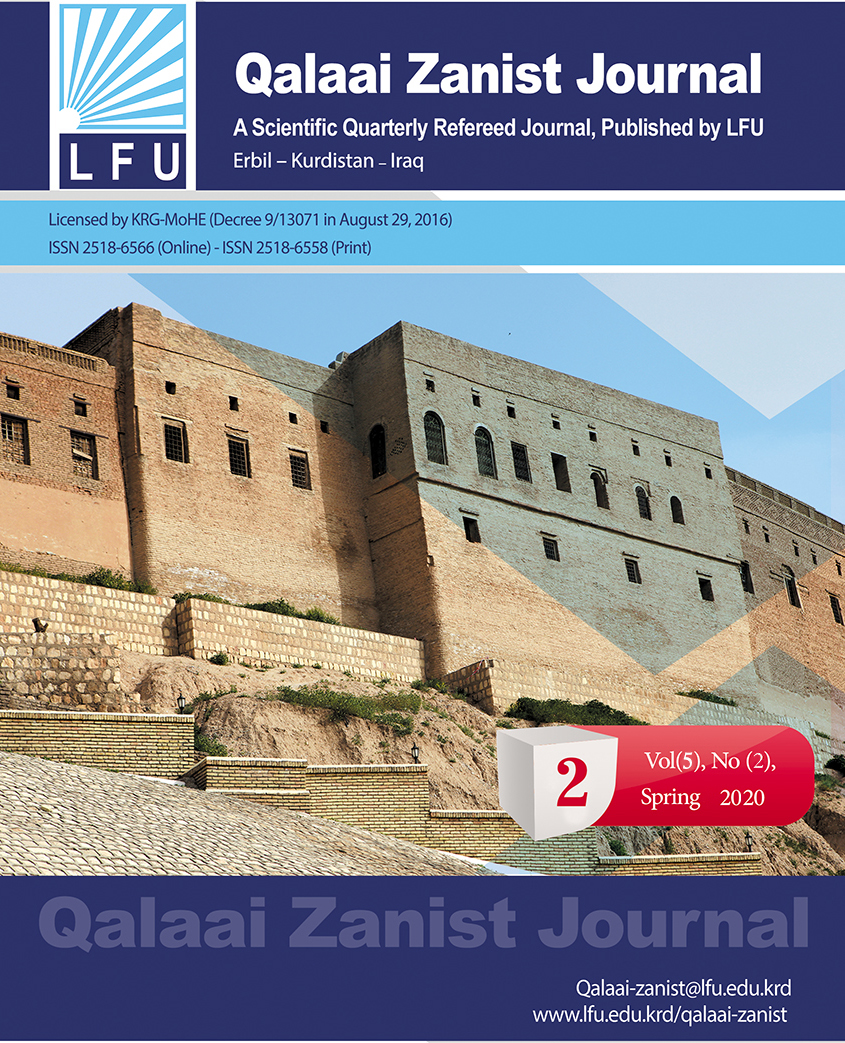Life-Style Reflections On The Architecture Of The Single-Family House In Erbil City Based On The Income
##plugins.themes.bootstrap3.article.main##
Abstract
The study aims to determine an existing pattern of living (lifestyle) in Erbil city and its reflection on architecture and dwelling unit components. A case study methodology has been approached, and 30 residential buildings have been selected to be analyzed in Erbil as the limit of the study. The buildings have been divided into three categories (Low, Mid, and High) based on the income of the families in the region of study. The observation and questionnaire methods have been conducted to reach the results. The observation factors were developed and have been applied to determine lifestyle patterns in Erbil city. A questionnaire has been developed to identify lifestyle patterns by asking people about their daily life patterns and how it was reflected in the architecture design of their dwelling unit. The paper determined three lifestyles in Erbil city about the income groups that were reflected in the dwelling unit’s component (the existence of dining room and dining furniture) and the pattern of family living in terms of social relations within single-family and the neighbors. The study concluded that there is a strong relationship among family members and with the neighbors, and the lifestyle is remarkably influenced by the families’ income.
Downloads
##plugins.themes.bootstrap3.article.details##
How to Cite

This work is licensed under a Creative Commons Attribution-NonCommercial-ShareAlike 4.0 International License.
Qalaai Zanist Journal allows the author to retain the copyright in their articles. Articles are instead made available under a Creative Commons license to allow others to freely access, copy and use research provided the author is correctly attributed.
Creative Commons is a licensing scheme that allows authors to license their work so that others may re-use it without having to contact them for permission





